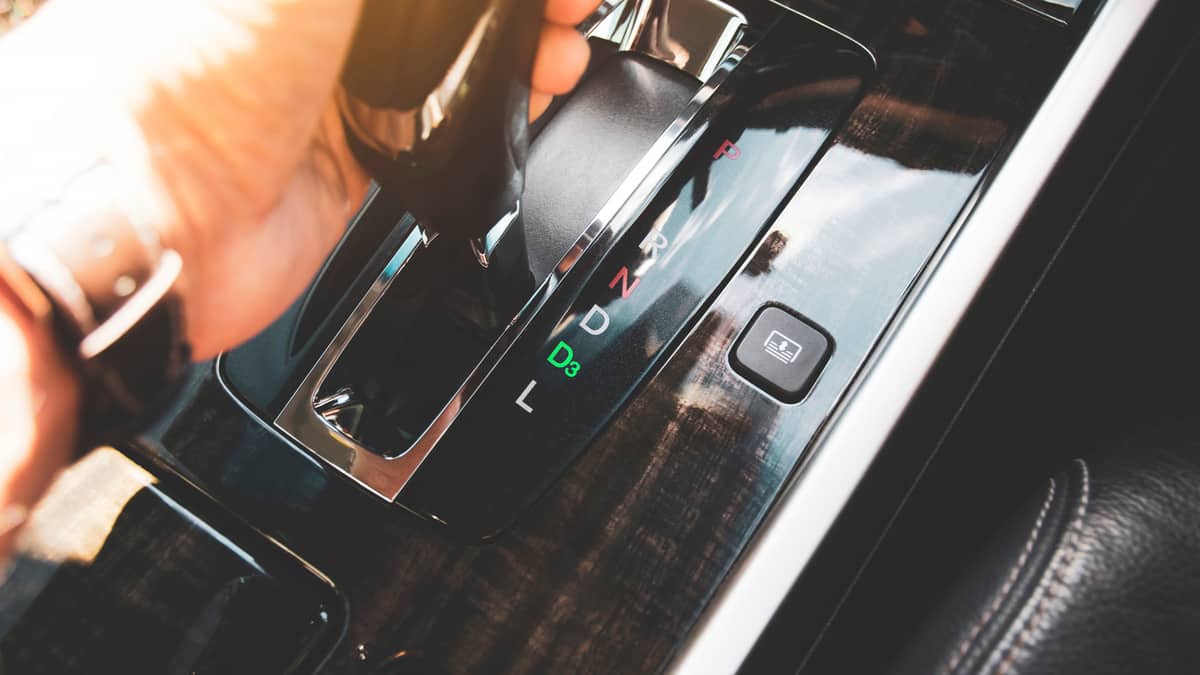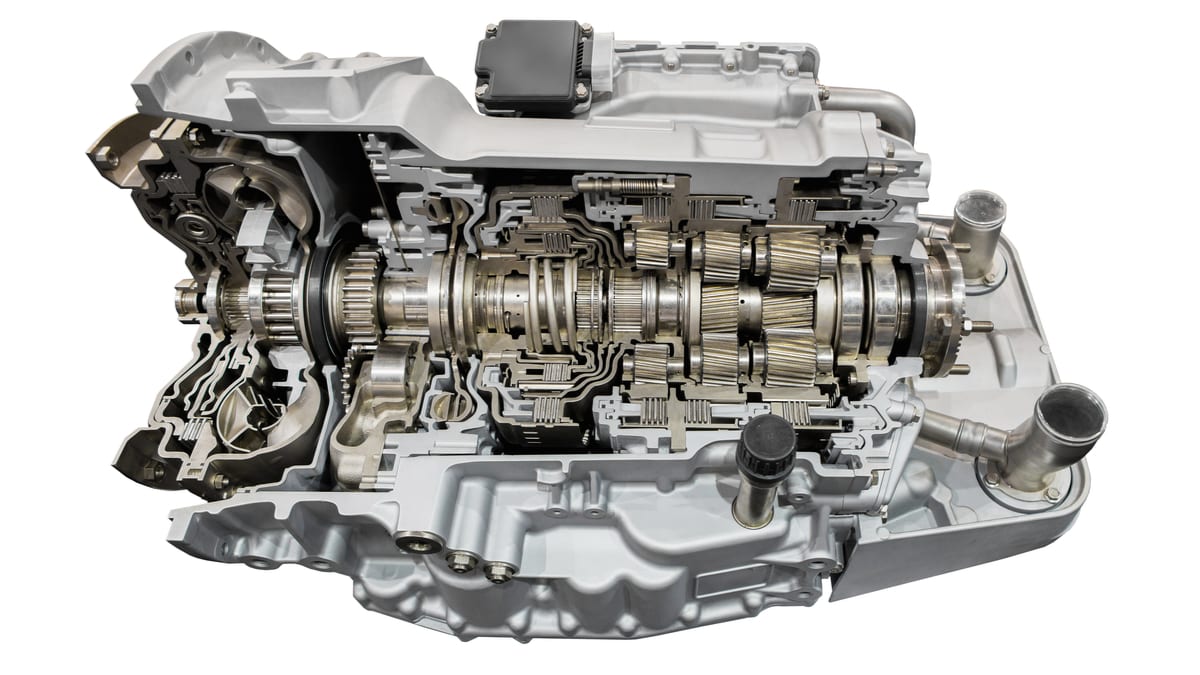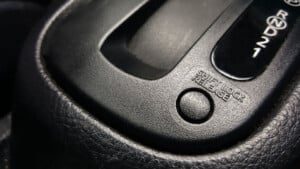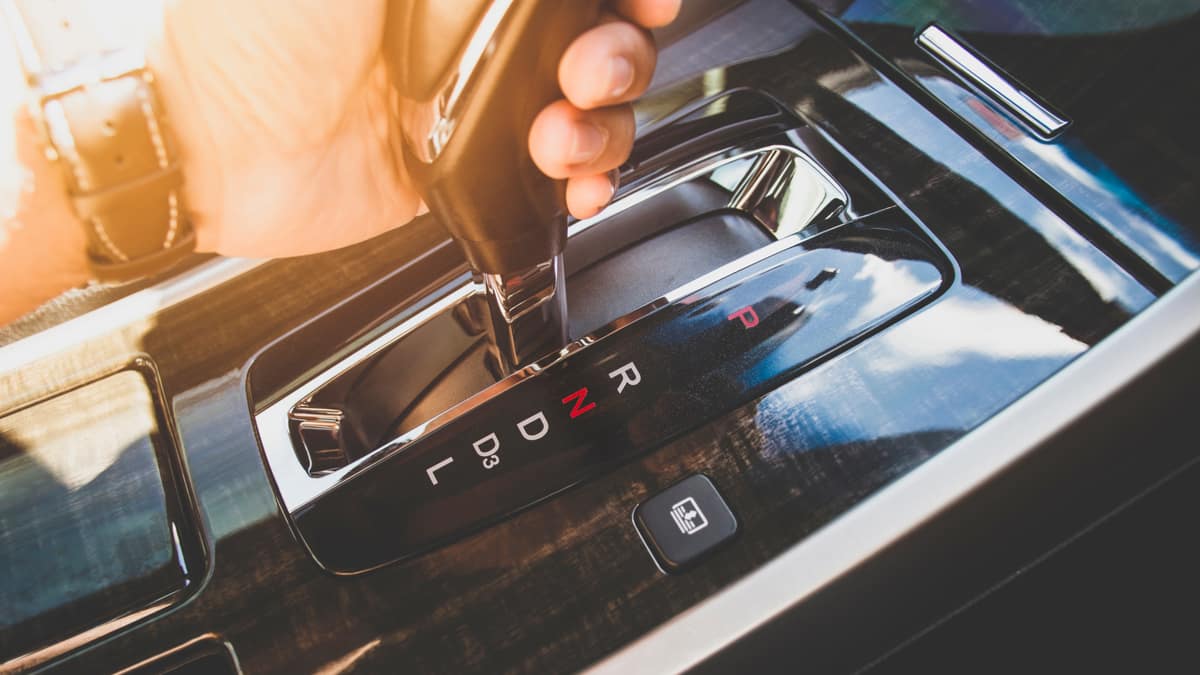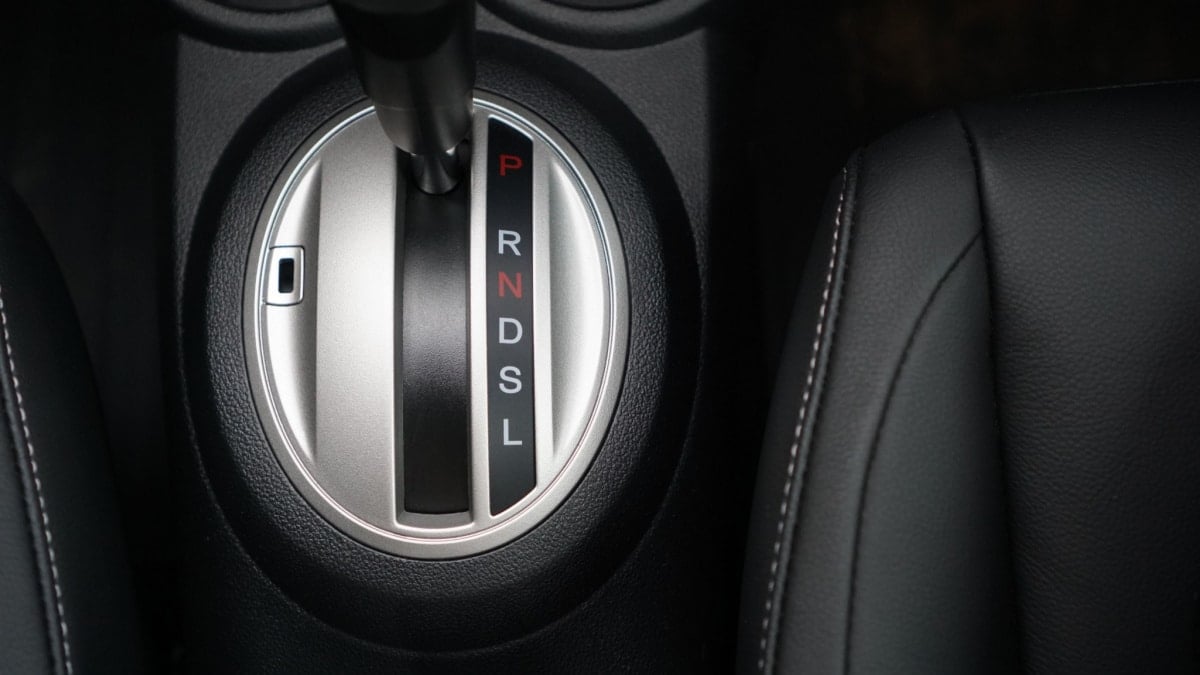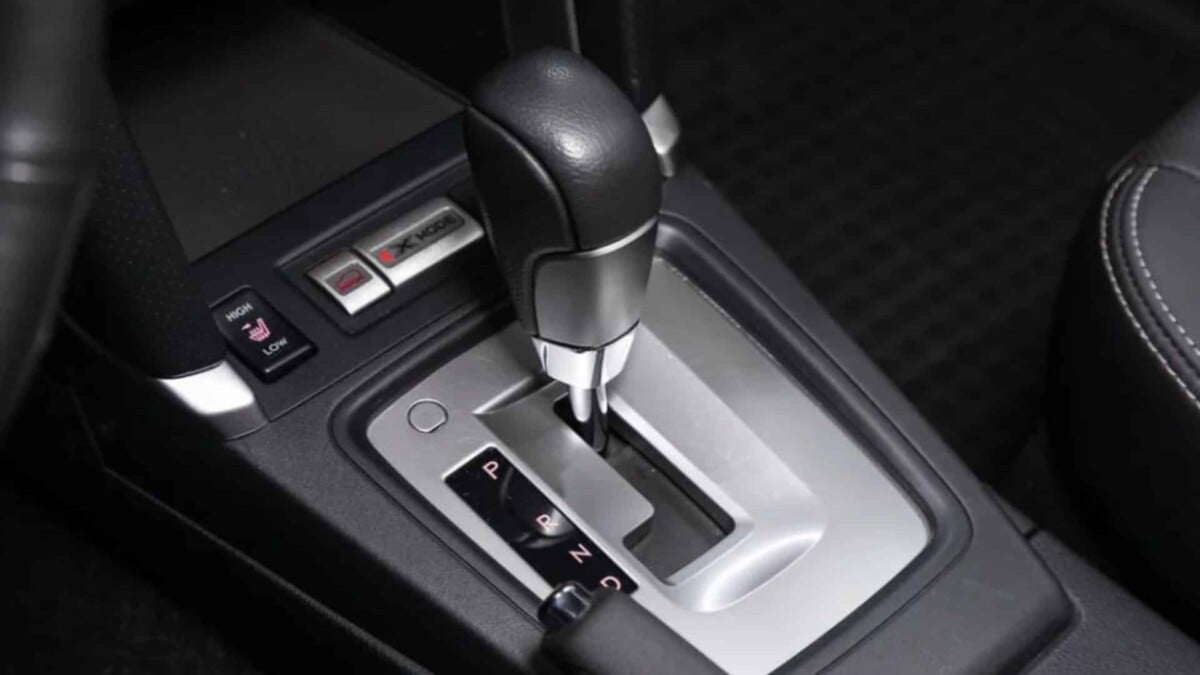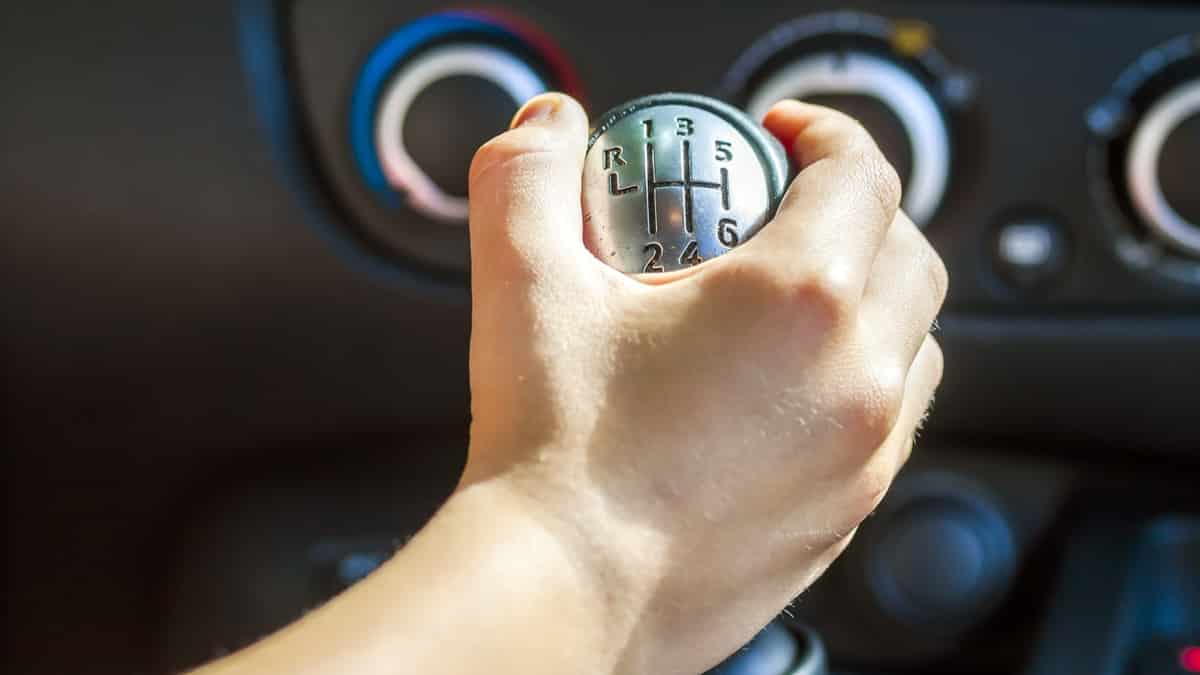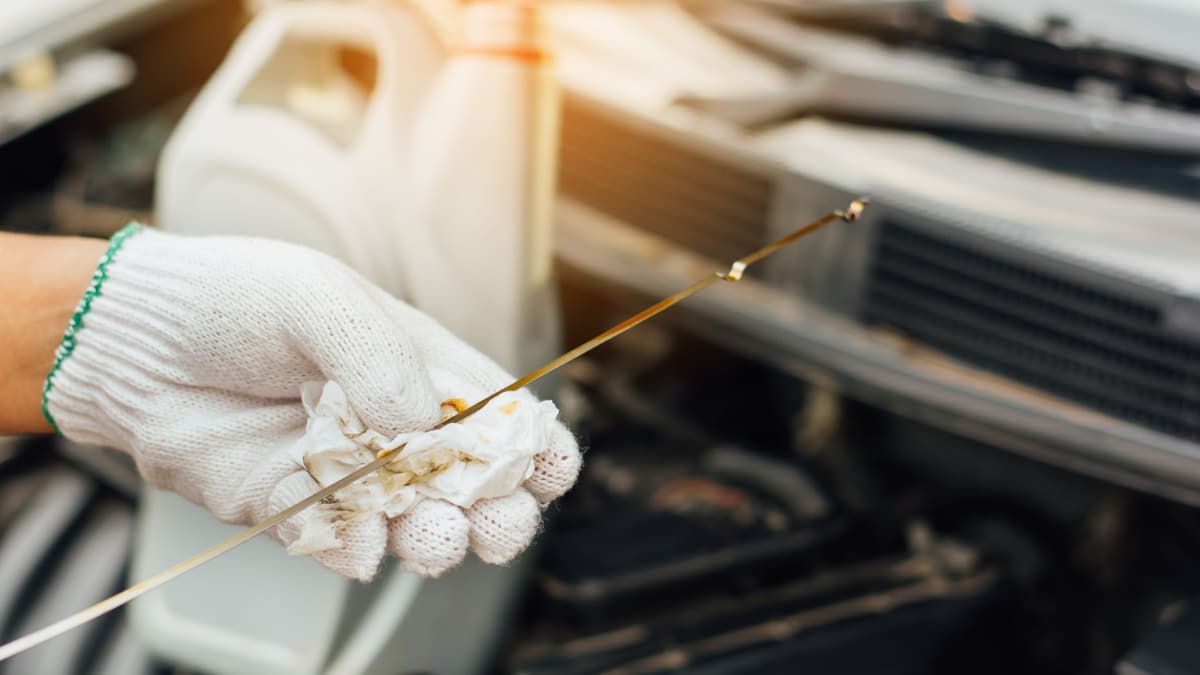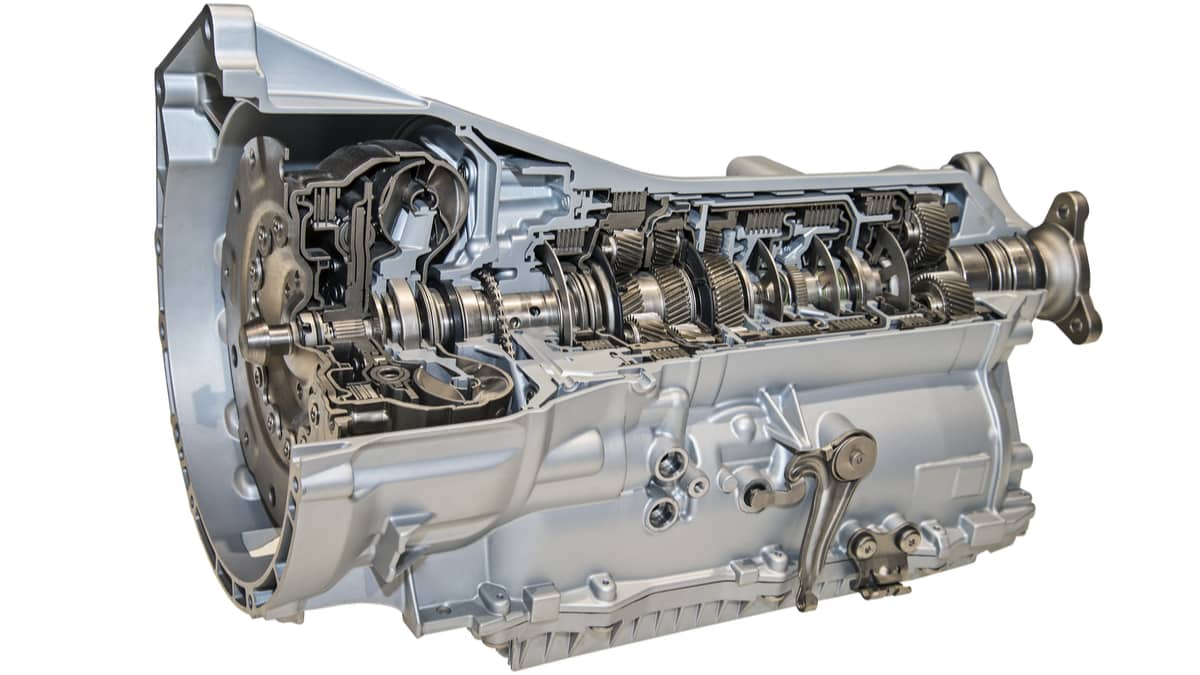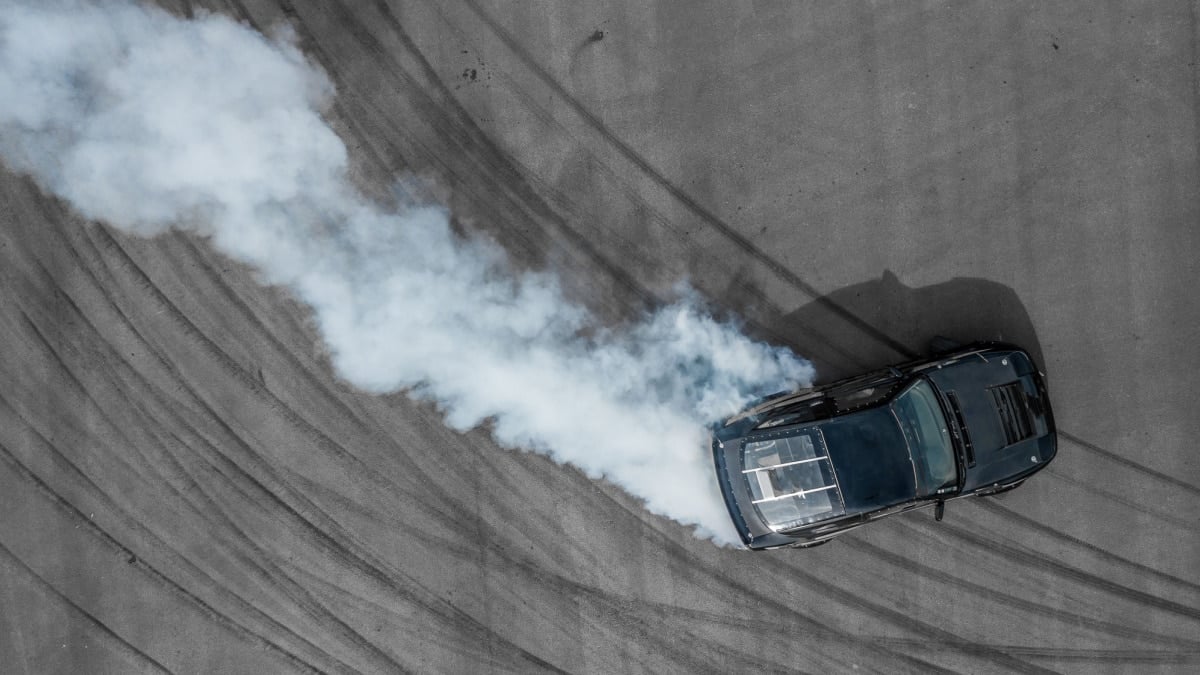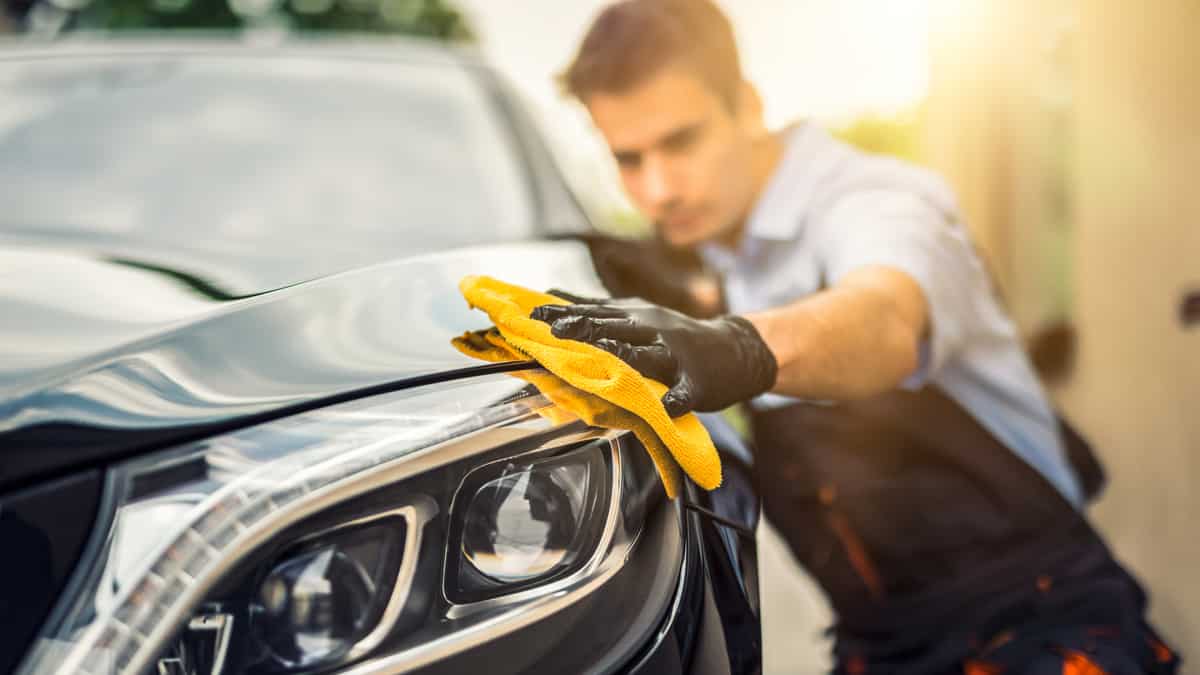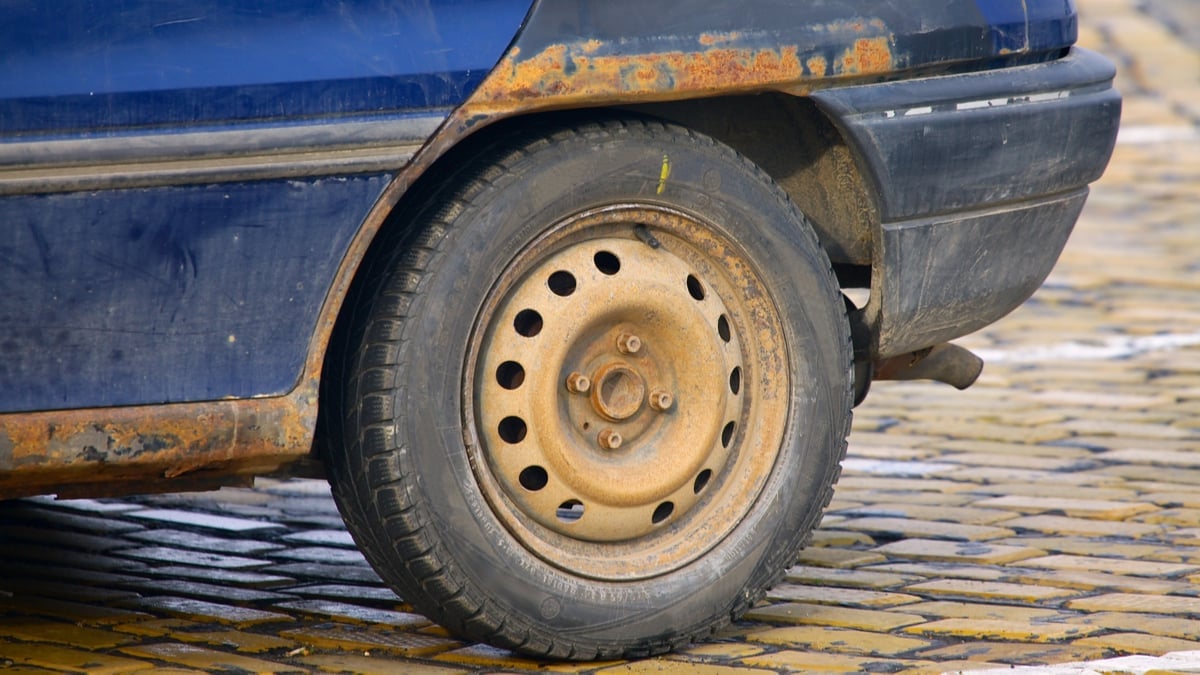As more vehicles move to automatic transmissions, consumers are confused about what the various gear designations mean. While not all vehicles come with the D3 label on the gear selector, it can be seen in some models. What does D3 gear mean in automatic cars, and should you be using it?
I discuss the meaning of the D3 gear and look at some of the benefits you can expect. This article also looks at the appropriate way to use D3 for your drives.
What Does D3 Mean in a Car?
D3 is a mode that is useful when driving down or up steep hills. D3 uses the first three gears of the vehicle’s automatic transmission, locking it into third gear as the highest option. D3 is used to provide more power in certain driving situations, and it also provides a broader RPM range for each gear.
Most automatic cars come with the standard set of gears, such as P (Park), R (Reverse) and D (Drive). Typical driving requires the shifter to be set in D, and there’s nothing else to think about. When the car is in Drive, the gears shift automatically with the help of hydraulics.
However, some vehicles offer other options below the D gear. You may see the D2, D3, and D4 selections. These show you the maximum gear position that the car will go in while moving forward. As an illustration, the D3 gear is limited to third gear, but it will also utilize first and second.
The D (Drive) gear is considered overdrive. Its purpose is to save fuel and provide more efficiency during normal driving situations.
RELATED: What Does The S Mean On A Gear Shift?
D3 Gear Driving Advantages
1. Minimizes Brake Wear
When the car is in D3, the engine reduces speed on its own. Because of this setup, you don’t need to use the brake pedal as often, especially when going downhill.
While it isn’t costly to replace most brake pads, there’s no reason to unnecessarily wear them out. If you are traveling down a steep road, consider putting the transmission in D3 and letting the engine do some of the work.
2. Increased Throttle Response
If you are pulling out into heavy traffic, using lower gears can help you get the RPMs up higher for quicker acceleration. D3 is also beneficial when traveling in the city because you don’t need higher speeds, but rely more on quick throttle response.
However, if you are running the RPMs at the red line, this could be damaging to the car. In this case, you might want to consider moving back to Drive to extend the longevity of the motor.
3. Safer Driving Dynamics
With D3 mode engaged, you gain more control over the vehicle. You might notice it more when driving in rainy weather, where the vehicle is prone to slipping. Because D3 allows you to run at lower gears, the car wheels won’t spin too fast, allowing you to gain more traction.
Additionally, the engine brake function that was previously discussed helps you to remain safer when traveling down steep inclines. The engine automatically keeps the vehicle reined in to ensure excessive speeds don’t become a problem.
Best Times to Use D3 Gear
1. Traveling Downhill
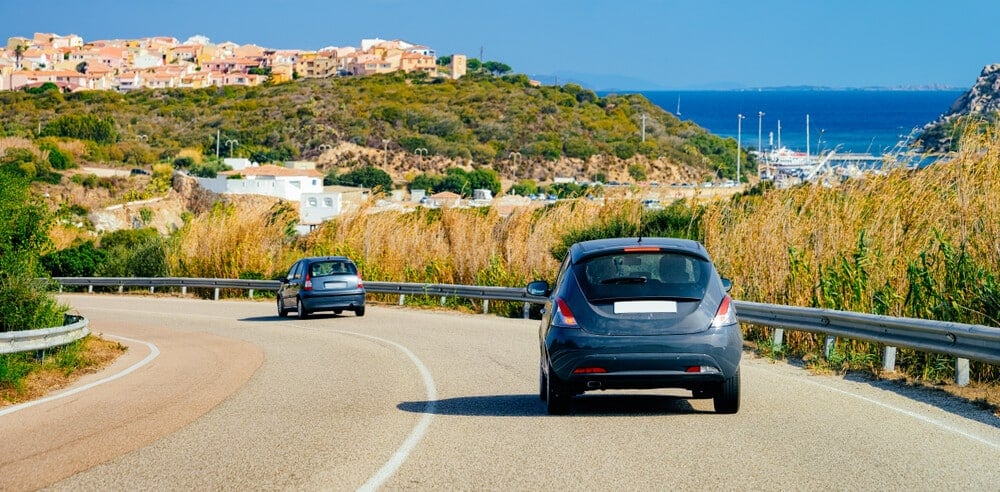
Truck drivers know how to handle a steep hill. They regularly apply engine braking to slow the vehicle down, and you can do the same with the D3 gear.
D3 reduces the pressure on the braking system, ensuring the pads don’t overheat. By utilizing this lower gear, the engine will keep the speed in check. However, running at high RPMs for too long can also cause wear to the engine.
2. Driving Uphill
D3 might also be beneficial if you need to gain speed while driving uphill. Because D3 keeps the transmission from shifting into overdrive, you see higher RPMs that translate into speed.
As with all driving situations, you don’t want to overwork the transmission. If you get the car up to speed and the RPMs remain too high, it will be best to shift back into overdrive.
3. Navigating Slippery Surfaces
It’s easy to lose traction when traveling on slippery roads. However, D3 helps your vehicle retain control by preventing slipping between gears.
With the transmission unable to shift higher than third gear, you have less of a chance of being stuck in bad weather conditions. By locking it in place, the wheels continue to get the traction needed to get out of bad conditions.
4. Accelerating Quickly
If the transmission shifts too soon, it’s hard to gain the acceleration needed to pull out into heavy traffic. You might push down on the gas pedal, but the car barely feels like it’s gaining momentum.
When you put the vehicle in D3, it can’t shift into the higher gears. For this reason, the RPMs rise faster, allowing for quicker acceleration.
5. Carrying Heavy Loads
It’s important to watch the vehicle speed when you haul cargo or tow a trailer. However, you don’t want to ride the brakes, because this causes them to overheat and fade.
With D3 gear, speed is limited to what’s available in the third range. Usually, this is plenty of speed for regular driving, giving you more control when you have a lot of weight with you.
How to Use D3 Gear in an Automatic Car
If you are ready to try D3 in your automatic car, here are a few steps to follow.
You can start in Drive. The vehicle will take off using the lowest gear available.
Set the gear shifter to D3 when you are ready to limit how high the transmission goes. You can change from Drive to D3 while driving. In some cases, you simply deactivate the overdrive button to force your vehicle into lower gears, while at other times, you will see the D3 marking on the shifter.
If the RPMs get too high, it’s essential to put the transmission back into Drive. You don’t want to cause unnecessary wear on the transmission or engine.
Categories: Transmission
